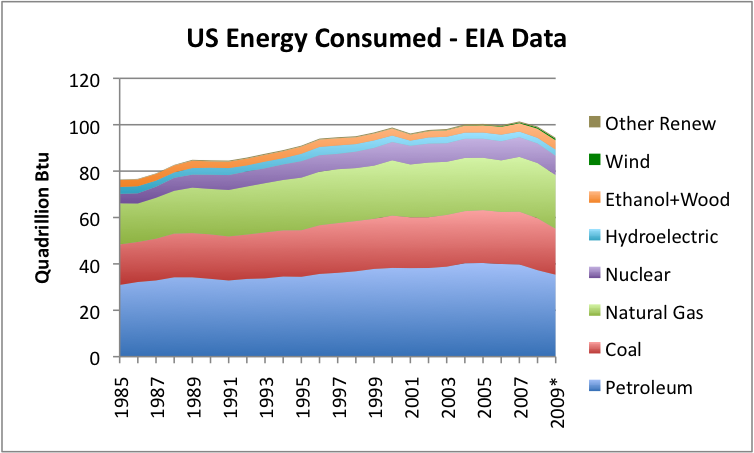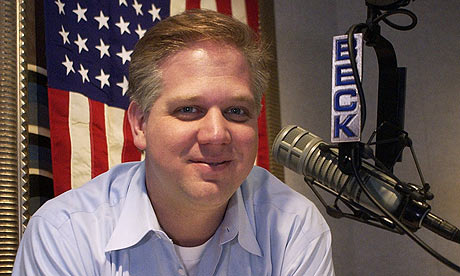 Time | Amnesty International may be best known to American audiences for bringing to light horror stories abroad such as the disappearance of political activists in Argentina or the abysmal conditions inside South African prisons under apartheid. But in a new report on pregnancy and childbirth care in the U.S., Amnesty details the maternal-health care crisis in this country as part of a systemic violation of women's rights.
Time | Amnesty International may be best known to American audiences for bringing to light horror stories abroad such as the disappearance of political activists in Argentina or the abysmal conditions inside South African prisons under apartheid. But in a new report on pregnancy and childbirth care in the U.S., Amnesty details the maternal-health care crisis in this country as part of a systemic violation of women's rights.The report, titled "Deadly Delivery," notes that the likelihood of a woman's dying in childbirth in the U.S. is five times as great as in Greece, four times as great as in Germany and three times as great as in Spain. Every day in the U.S., more than two women die of pregnancy-related causes, with the maternal mortality ratio doubling from 6.6 deaths per 100,000 births in 1987 to 13.3 deaths per 100,000 births in 2006. (And as shocking as these figures are, Amnesty notes that the actual number of maternal deaths in the U.S. may be a lot higher, since there are no federal requirements to report these outcomes and since data collection at the state and local levels needs to be improved.) "In the U.S., we spend more than any country on health care, yet American women are at greater risk of dying from pregnancy-related causes than in 40 other countries," says Nan Strauss, the report's co-author, who spent two years investigating the issue of maternal mortality worldwide. "We thought that was scandalous." (See the most common hospital mishaps.)
According to Amnesty, which gathered data from many sources, including the Centers for Disease Control and Prevention, approximately half of the pregnancy-related deaths in the U.S. are preventable, the result of systemic failures, including barriers to accessing care; inadequate, neglectful or discriminatory care; and overuse of risky interventions like inducing labor and delivering via cesarean section. "Women are not dying from complex, mysterious causes that we don't know how to treat," says Strauss. "Women are dying because it's a fragmented system, and they are not getting the comprehensive services that they need."
The report notes that black women in the U.S. are nearly four times as likely as white women to die from pregnancy-related causes, although they are no more likely to experience certain complications like hemorrhage. Fist tap Dale.
























